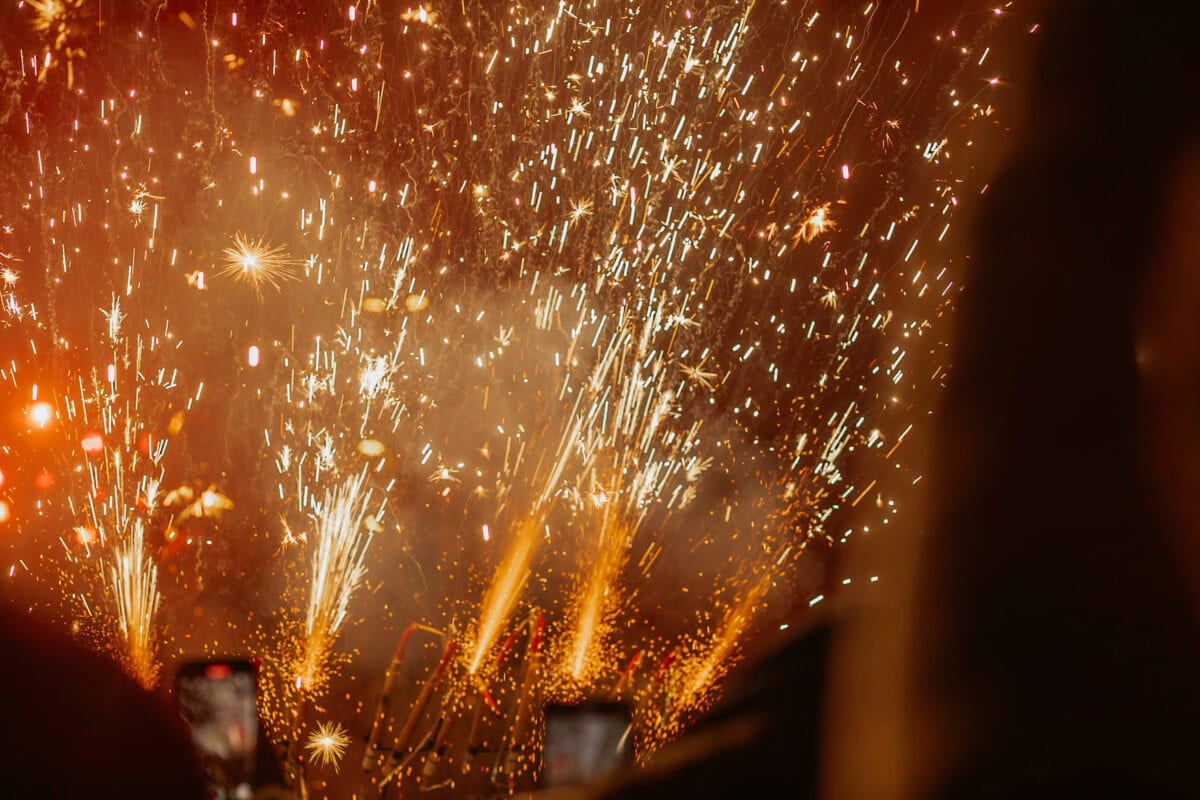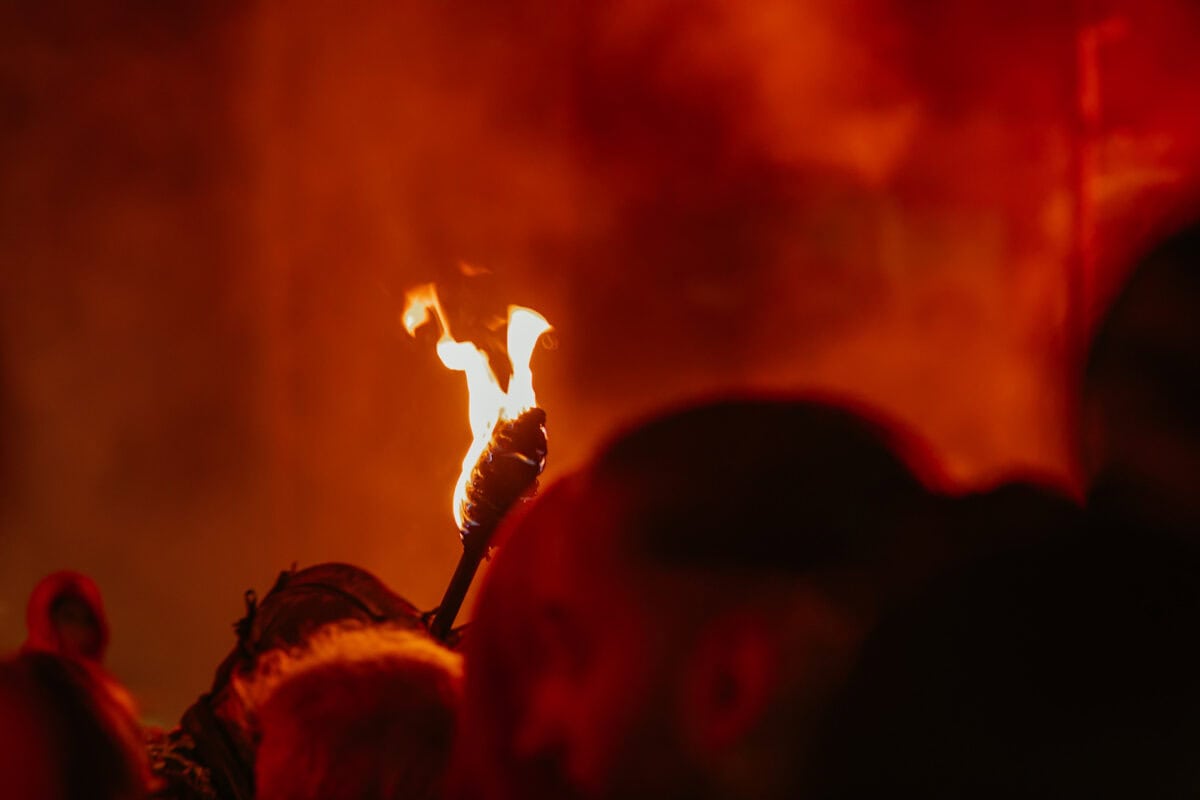
Subscribe to my Newsletter
Get the latest travel inspiration straight to your inbox!
By submitting you agree to your data being stored for newsletter purposes. Read more.

Get the latest travel inspiration straight to your inbox!
By submitting you agree to your data being stored for newsletter purposes. Read more.
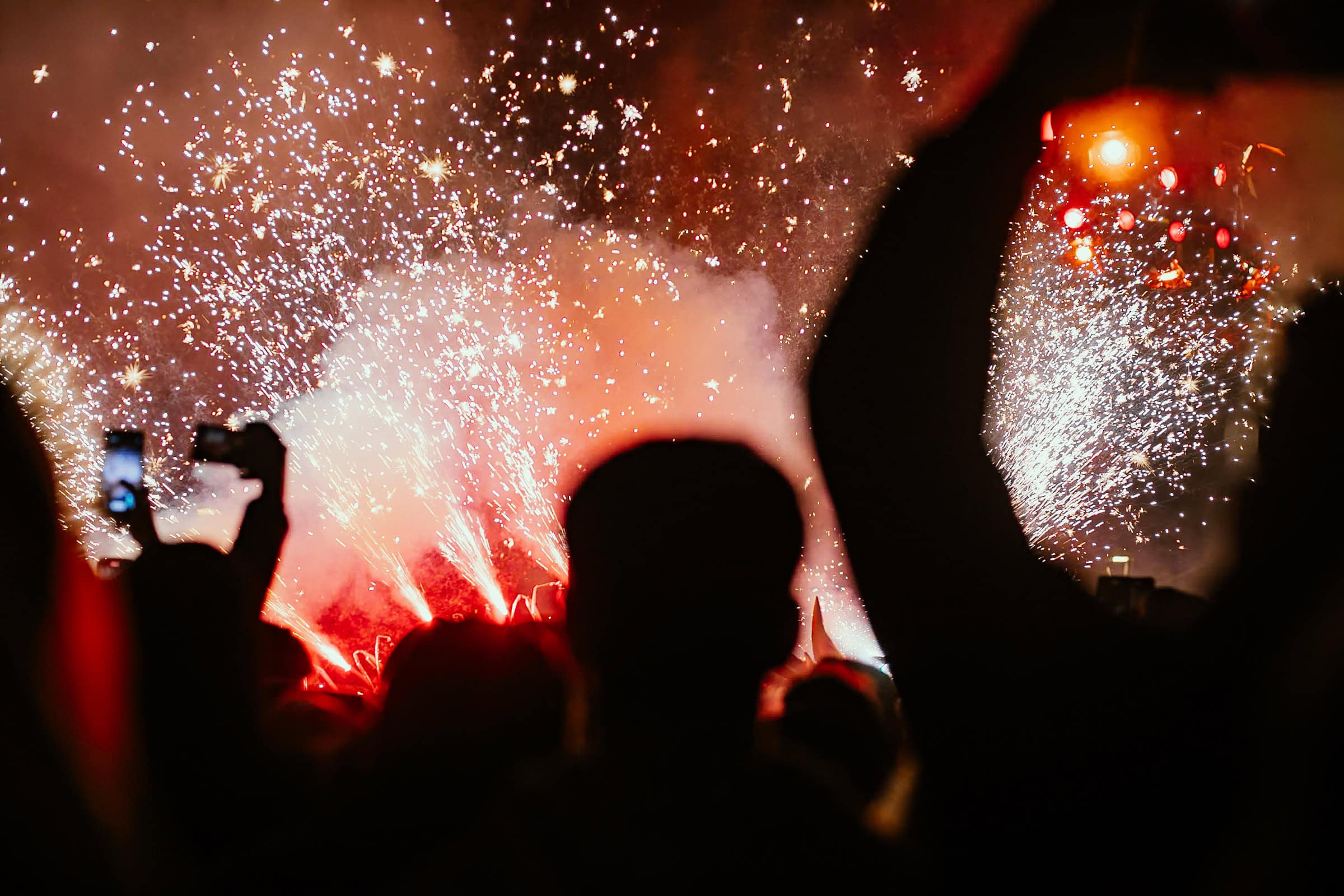
If you’ve ever experienced Palma in summer, you won’t recognize the capital of Mallorca, especially in January. The alleyways of the old town are no longer bustling with people, some stores are even completely closed and you are generally more likely to meet locals than tourists. But January still has a lot to offer – such as the exciting Correfoc!
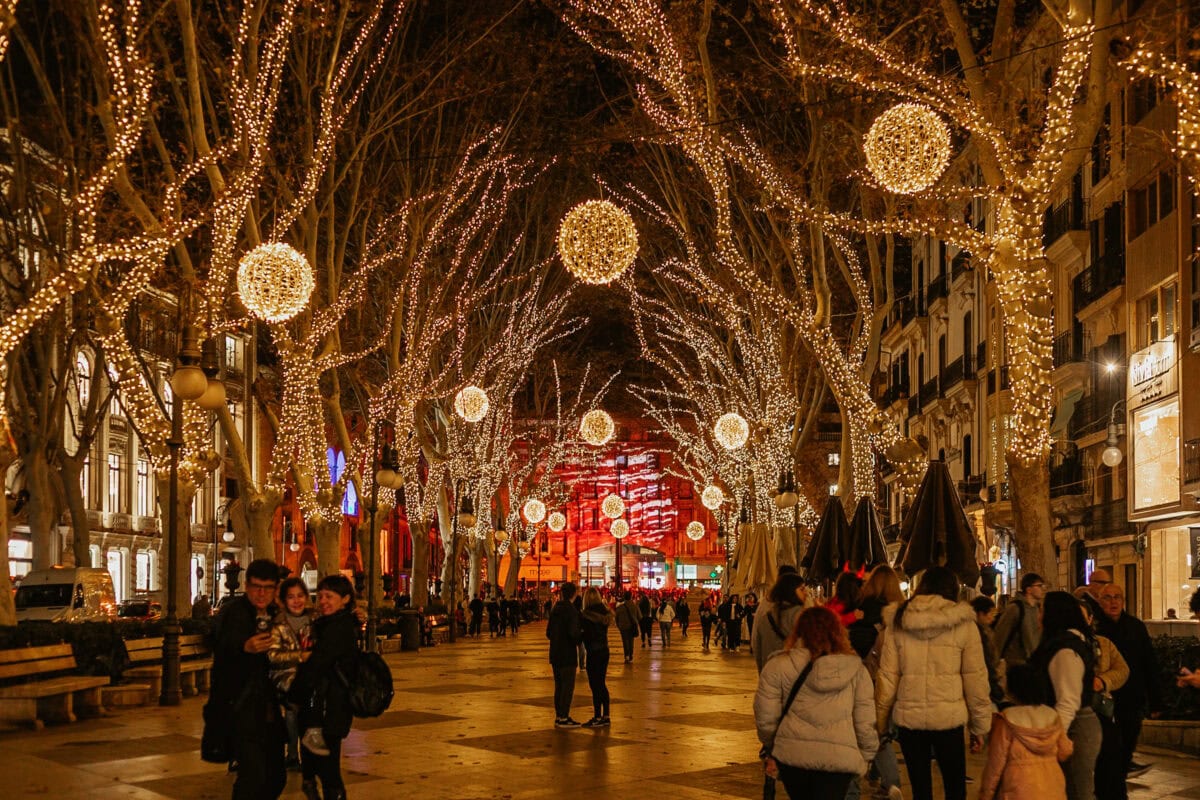
Correfoc can be translated as “fire walk“: Several traditional groups parade through the city with flaming torches and fireworks of all kinds, dressed up as devil-like “Dimonis” and are accompanied by loud drums. The Correfoc is a Catalan tradition that has been practiced for centuries. Although Mallorca forms its own province with the other Balearic islands of Ibiza, Menorca and Formentera, it shares similar roots with Catalonia.
Welcome to my travel blog
Hey, I’m Tatiana and I’m the blogger behind The Happy Jetlagger. Since 2014, I’ve been sharing my personal travel stories on this blog. I don’t have a big team behind me, so I’m pretty much a one-person show: I’ve researched and tested all recommendations myself.

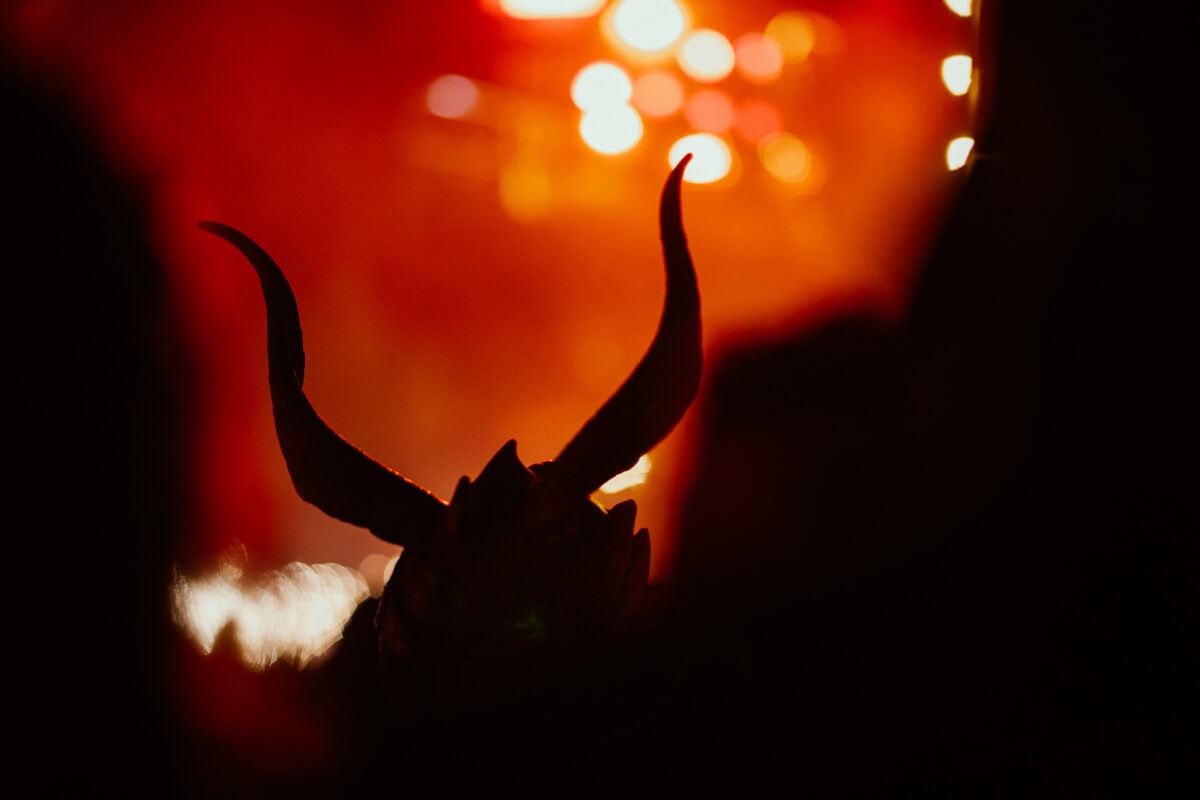
The Correfoc is also an integral part of the island’s cultural life. In summer, these parades are held for various events, but the biggest is the Correfoc as part of the Sant Sebastián festivities.
Sant Sebastián is the patron saint of the city and many big events take place in Palma around his anniversary in January, which are mainly attended by locals. So if you want to immerse yourself in Mallorcan culture, January is an excellent month for a trip to Palma.
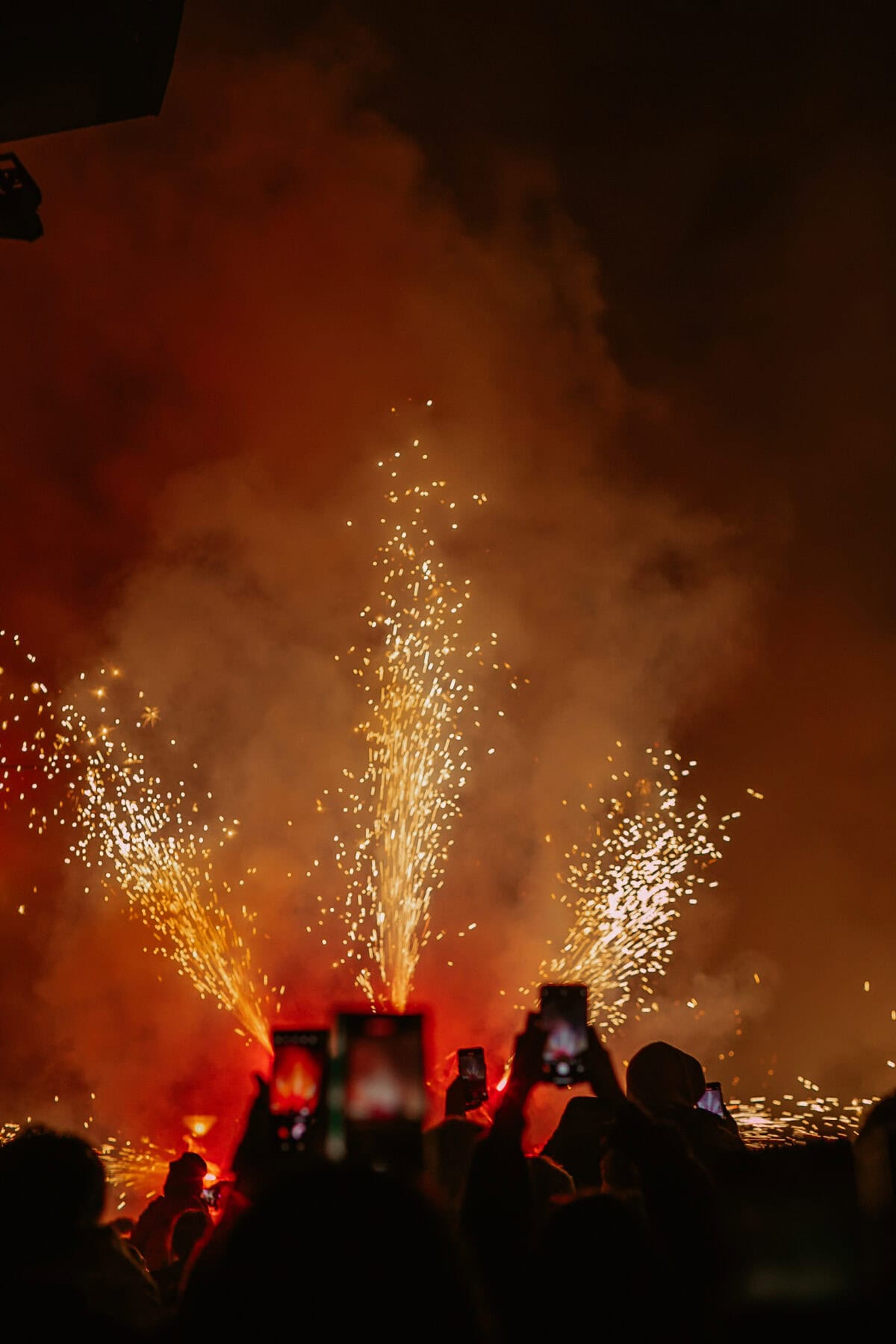
Originally, the Correfocs had a largely religious background: the Dimonis symbolize evil and need to be driven away with fire and loud drumming. Over the centuries, the Correfocs have developed into an integral part of Catalan culture. Today they have more of an entertaining folk festival character, even if they initially seem very frightening. For the big Correfoc in January, for example, a large stage is set up on the Passeig del Born where local acts perform.
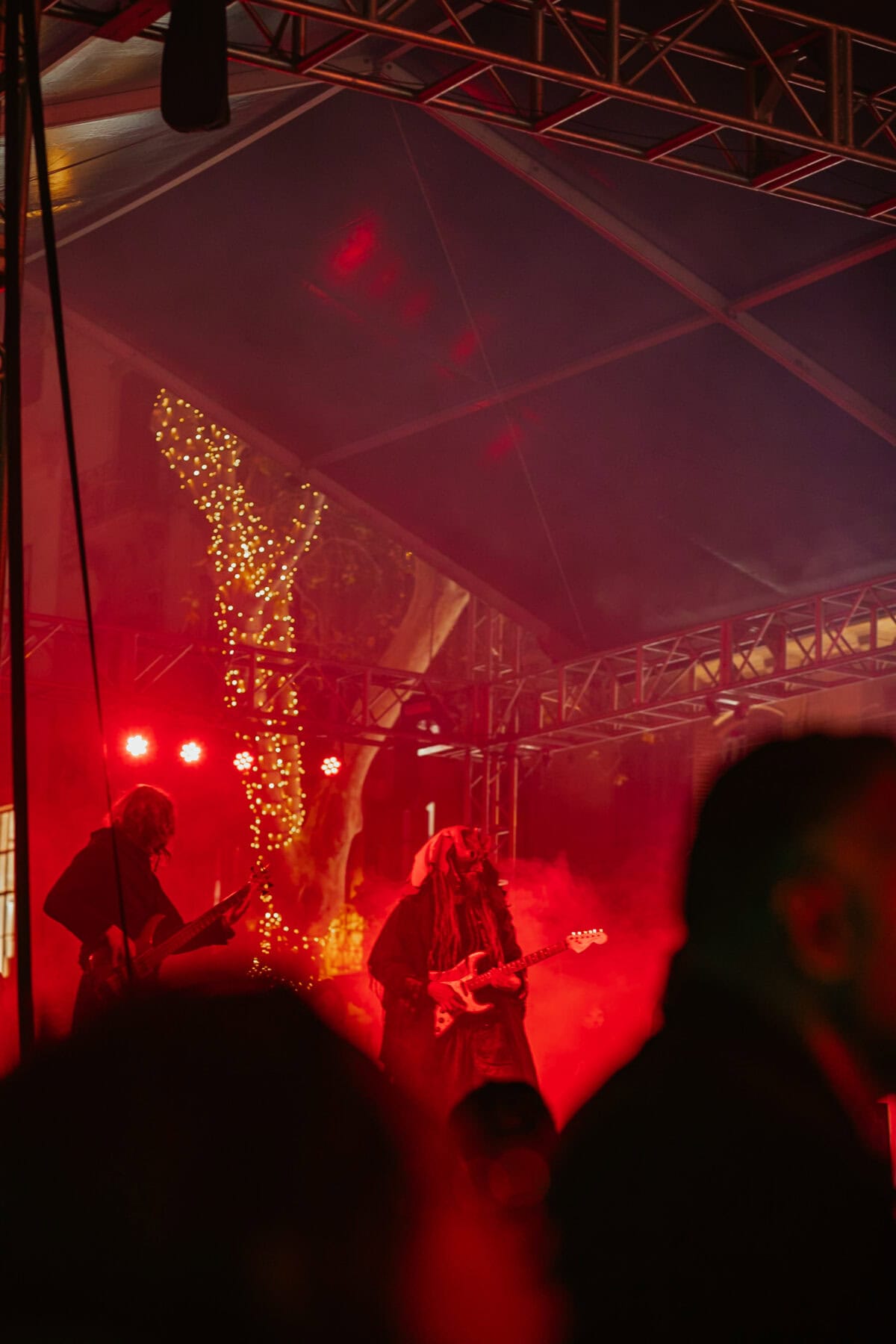
The fireworks, the loud drums and the disguised Dimonis are very impressive. Similar to the Alemannic carnival in southern Germany, the parade is rather sombre in nature. However, the audience is still involved and despite the intimidating backdrop, the atmosphere is cheerful and relaxed.
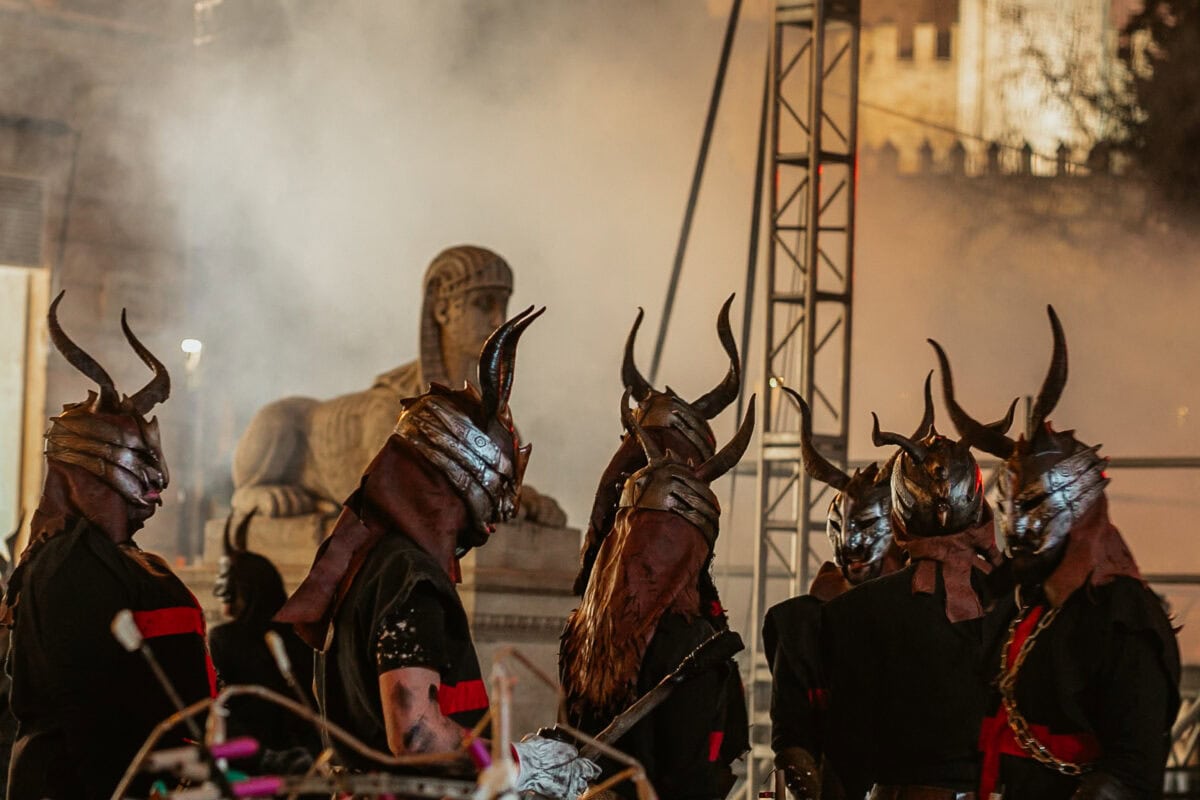

Ad / *affiliate links
+++ Exclusive +++
Get 5% off on any GetYourGuide tour
Code: THEHAPPYJETLAGGER5
The Dimonis also sometimes parade through the crowds, are willing to be photographed and enjoy joking with the spectators. Young people in particular enjoy mingling with the dancing Dimonis and their fire-breathing torches. Participation is officially allowed and part of the spectacle.
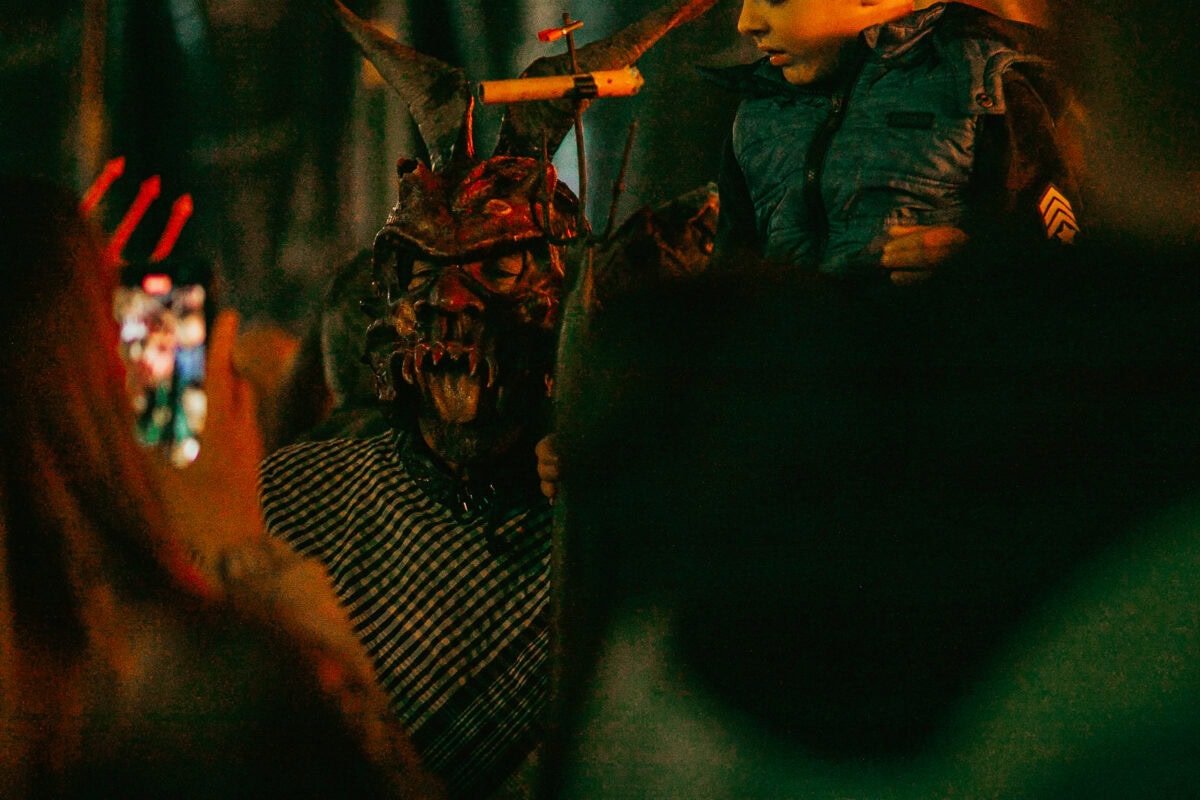
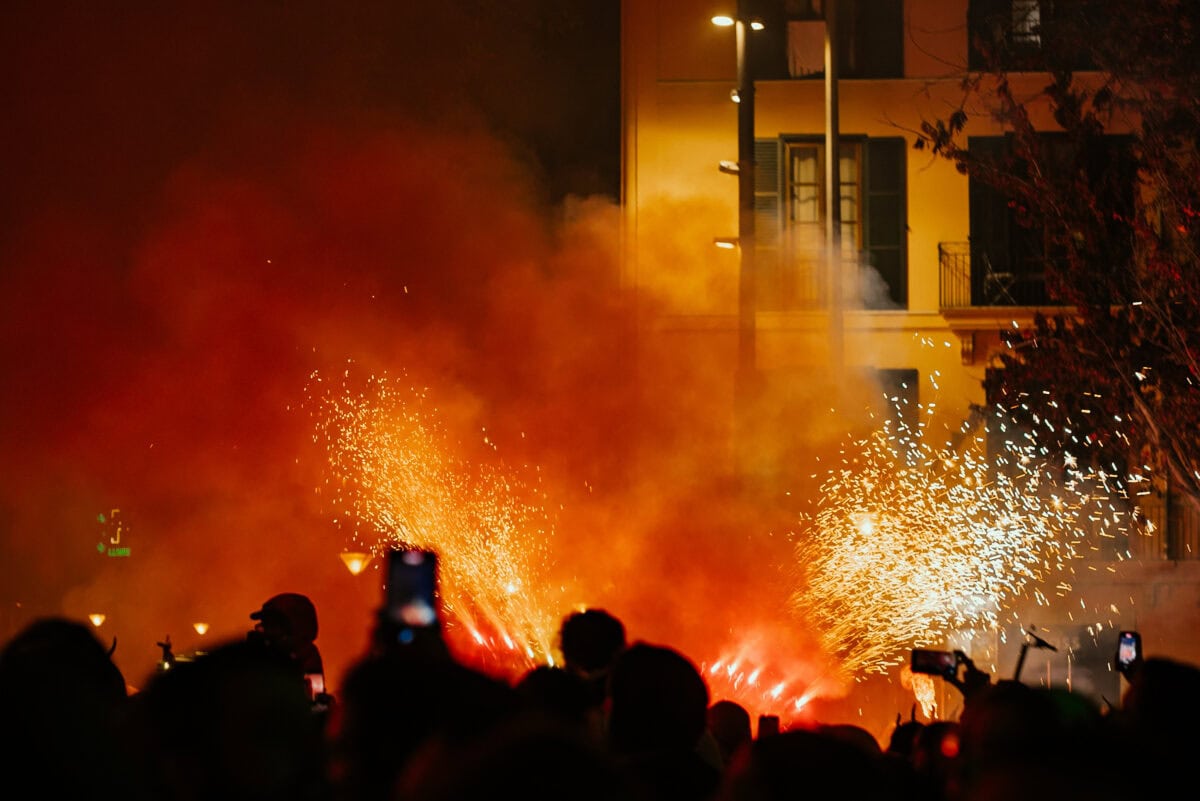
Even as a mere spectator, you can get very close to the fireworks; sometimes even unintentionally if a Dimonis suddenly stands next to you and lights his pyrotechnics. As a rule, however, people are very considerate of each other and no one is deliberately bothered by fireworks.
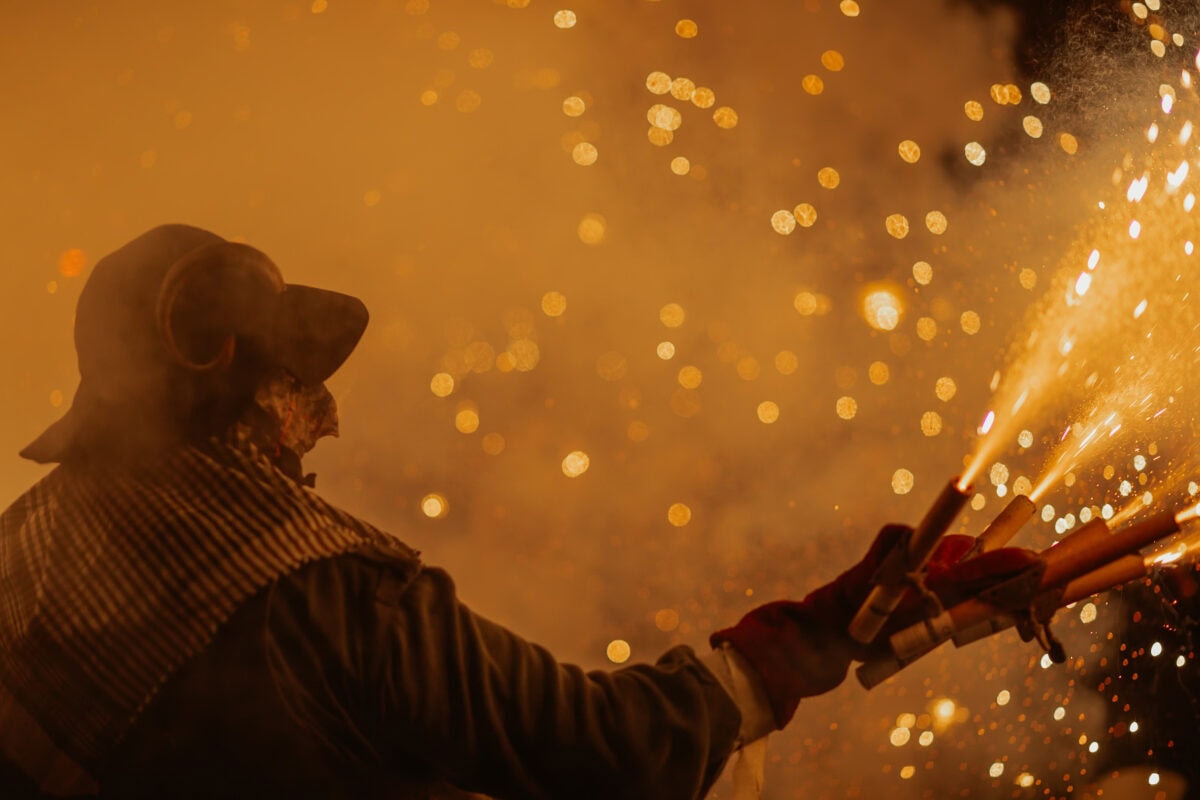
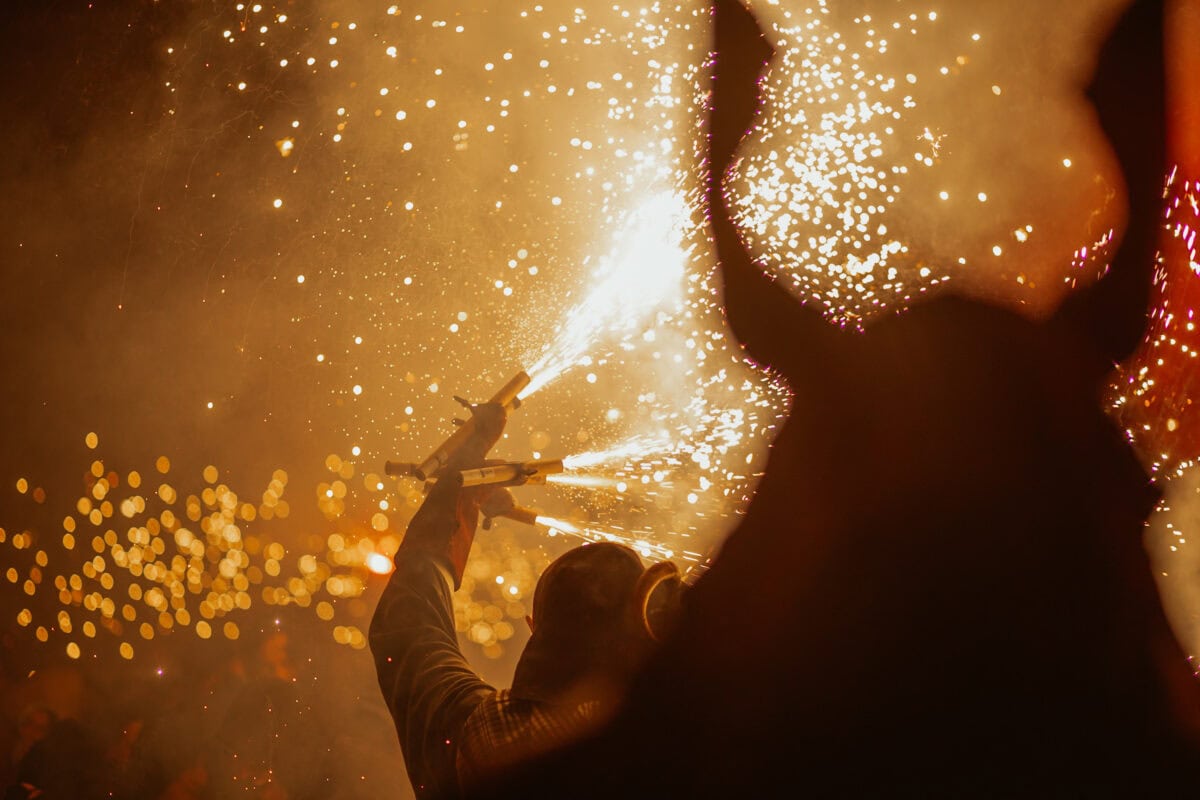
Nevertheless, you should be especially prepared when you go to a Correfoc and keep the following important things in mind:
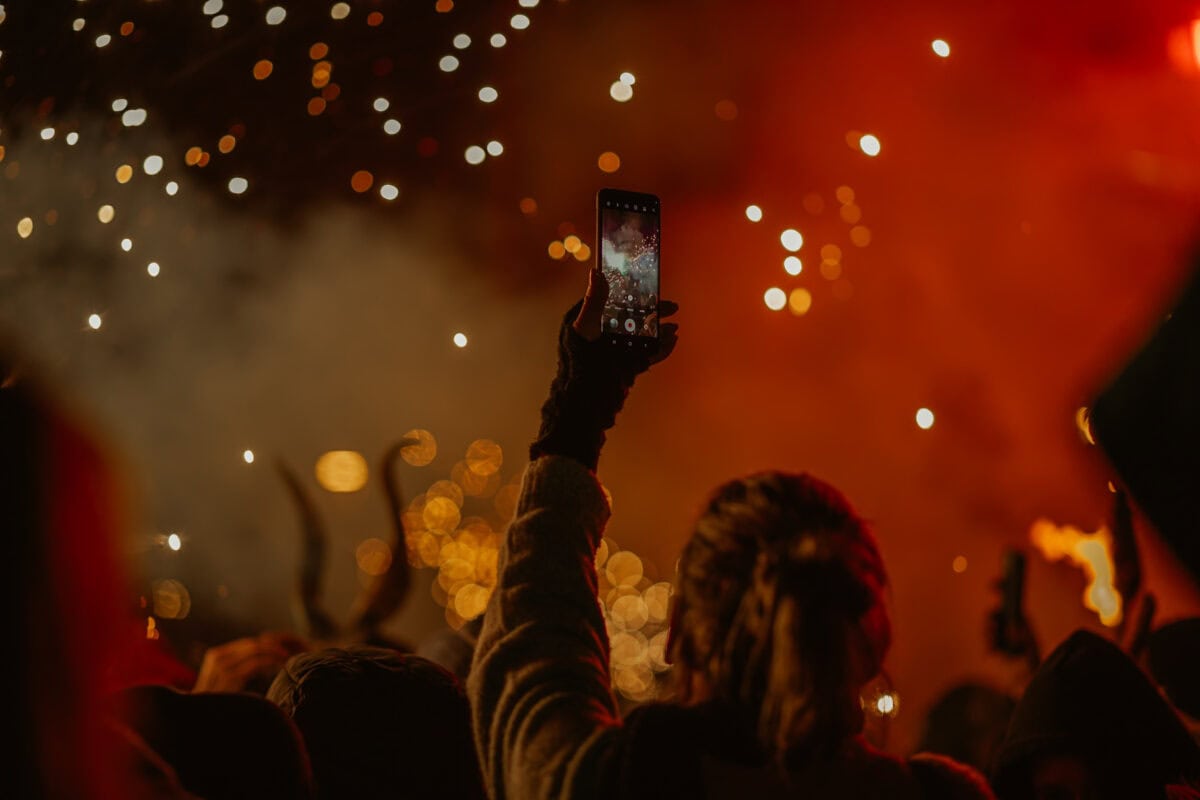
The safety standards at Correfocs are really high. Both Dimonis and spectators are very considerate of each other. Aggressive behavior is not tolerated. For example, bringing your own fireworks is strictly forbidden! You are also not allowed to borrow fireworks from the Dimonis. If you still get hit by a spark, you do so at your own risk – so protect yourself well!
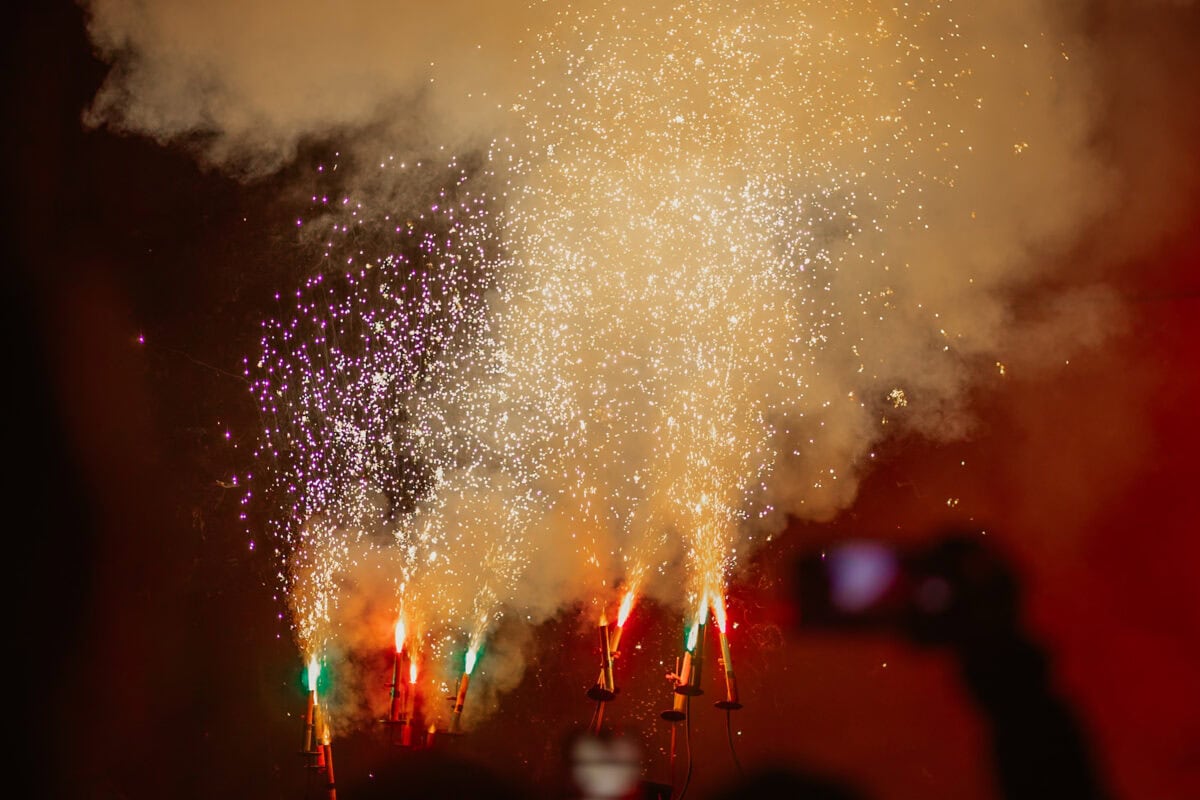
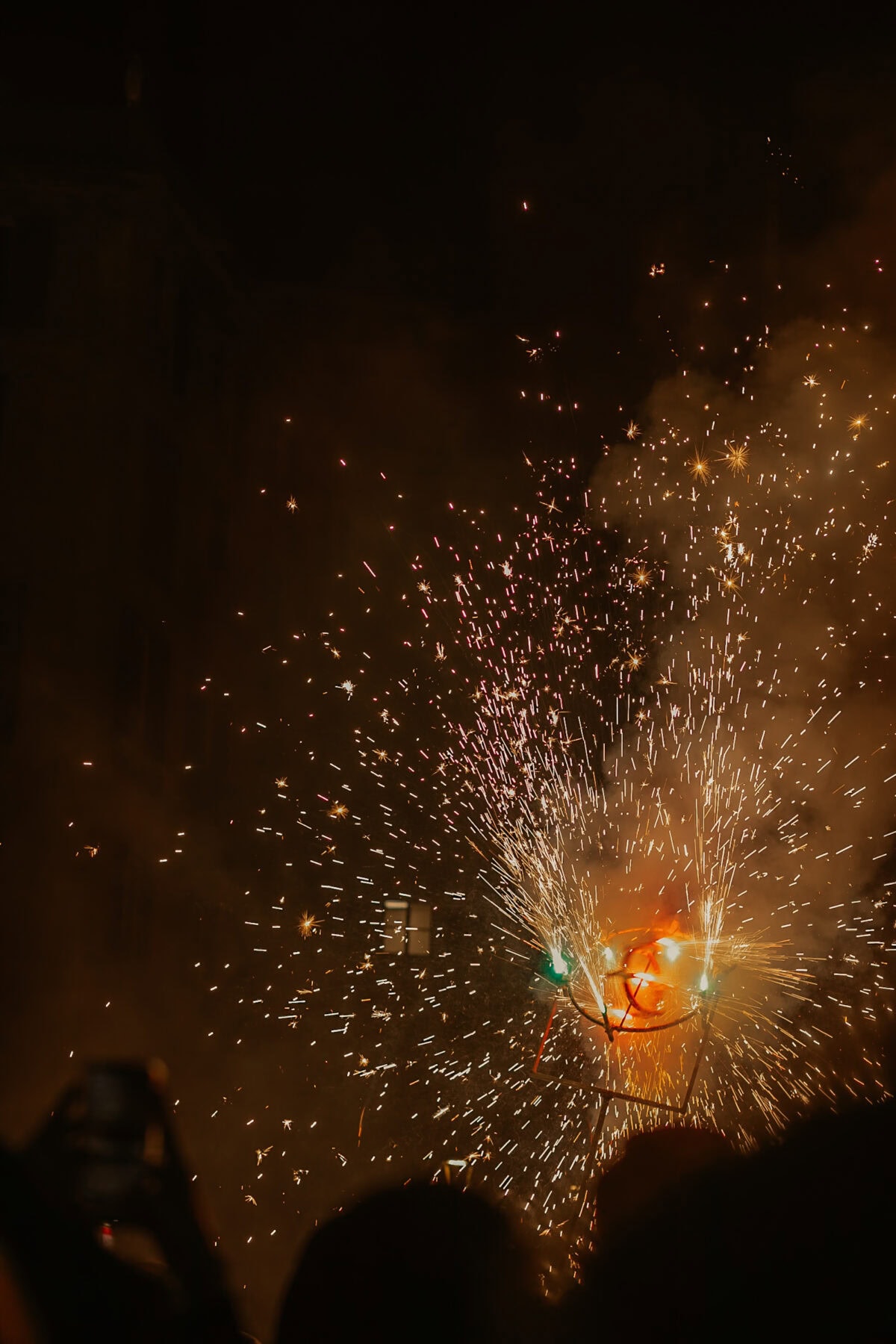
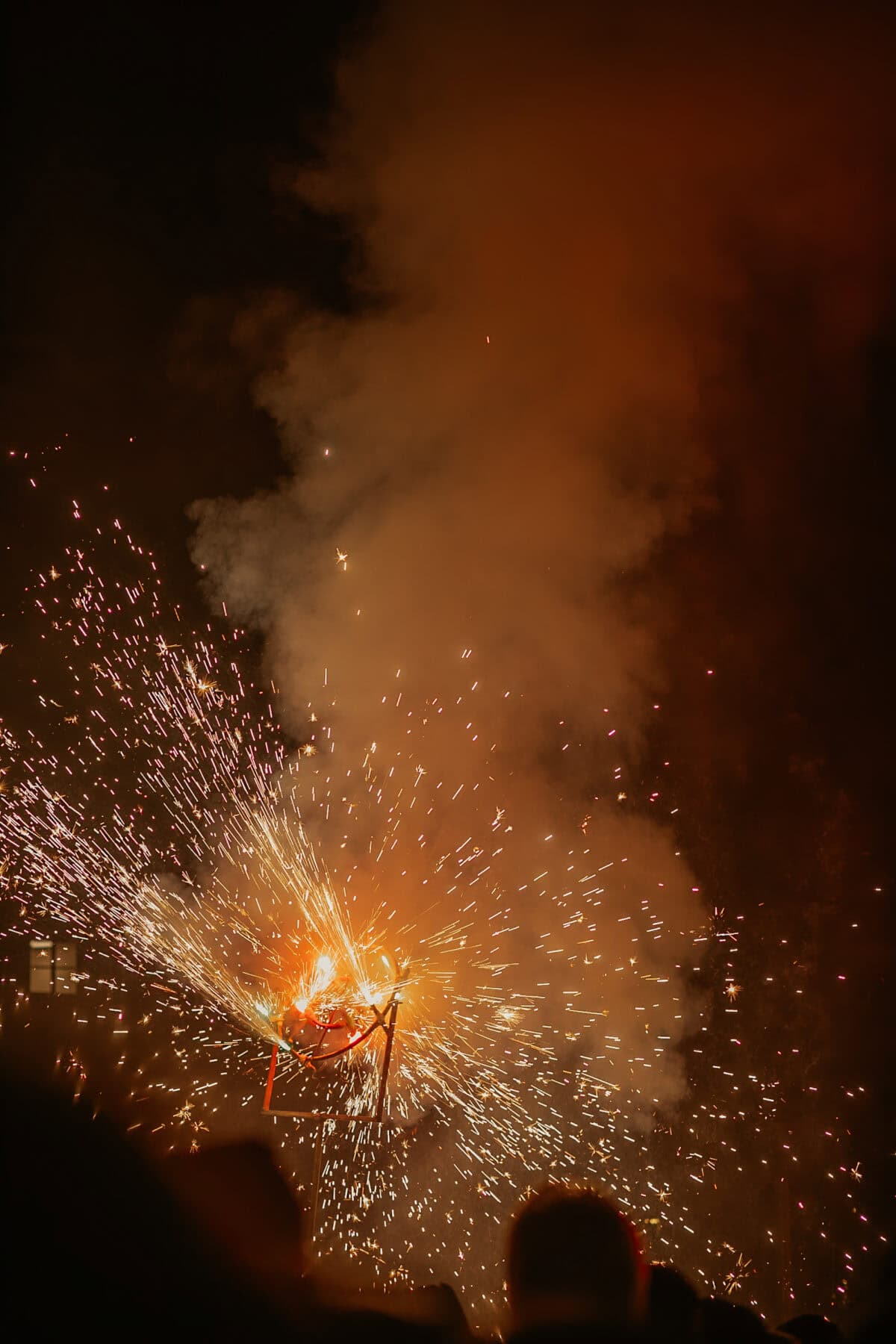
At around 7pm, the individual groups will run in a star shape from various starting points towards the central Passeig del Born. The final event with a large stage will then take place in Plaça Rei Joan Carles I.
Are you planning a trip to Palma? Find more tips for Palma here
